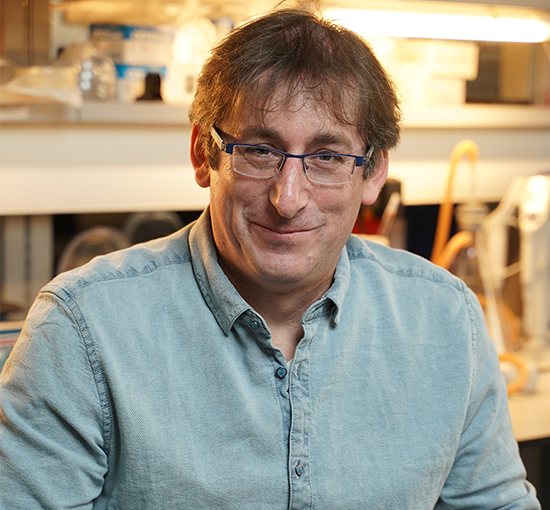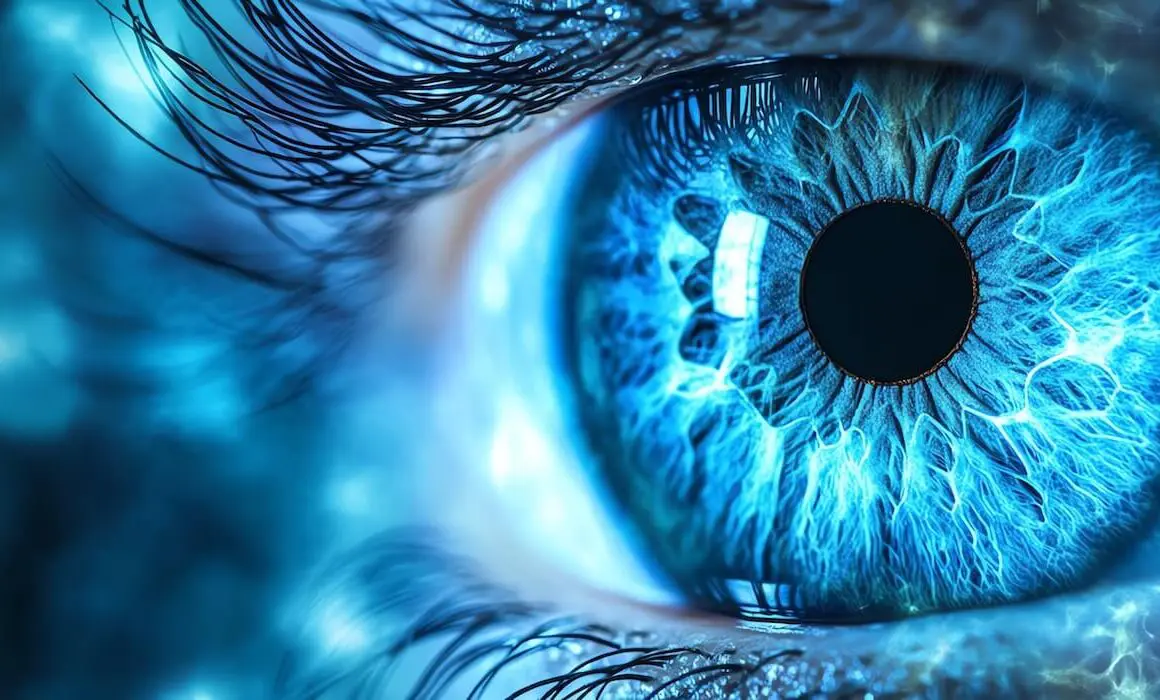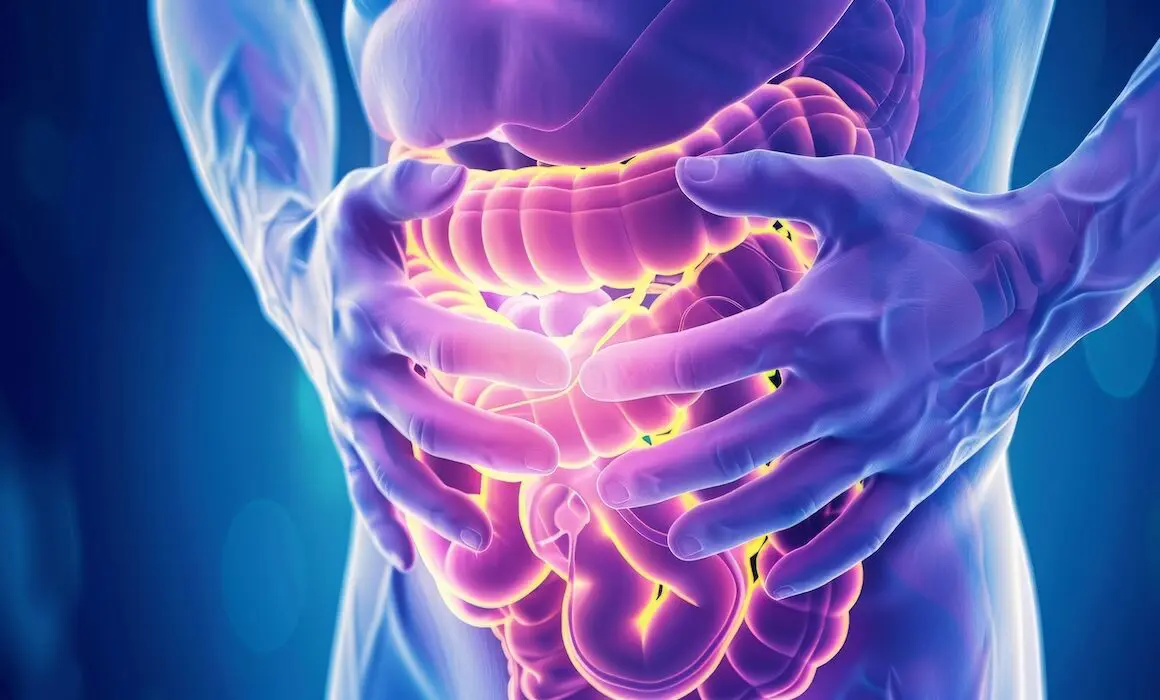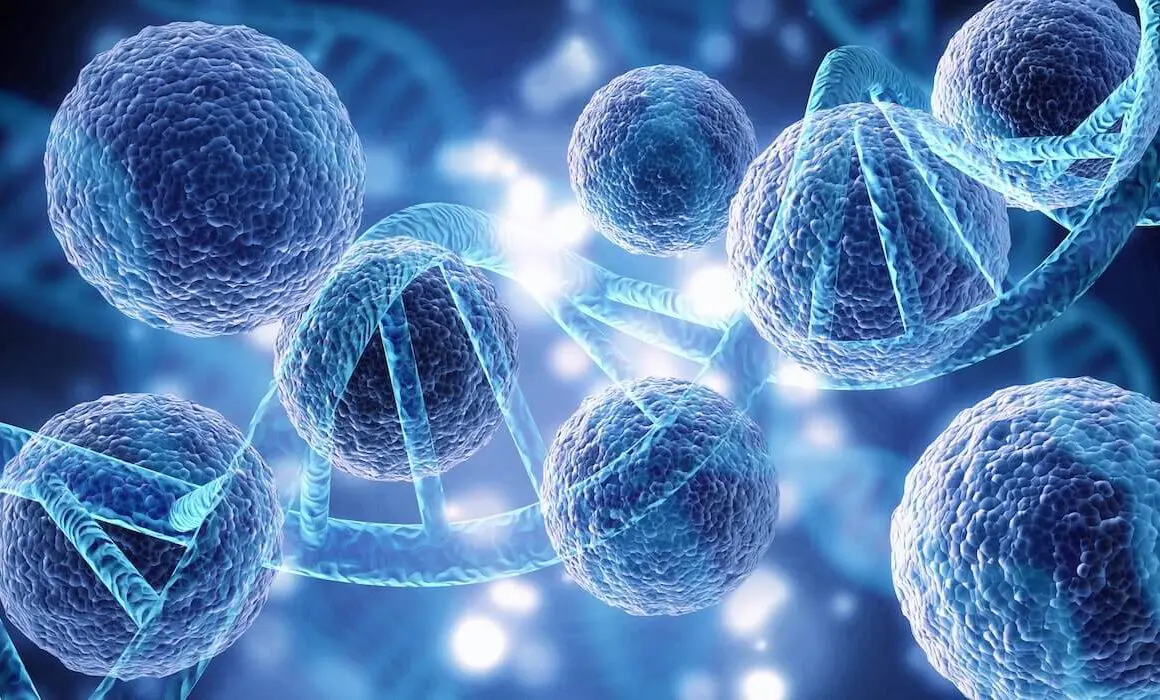Human Health Care in the 21st Century
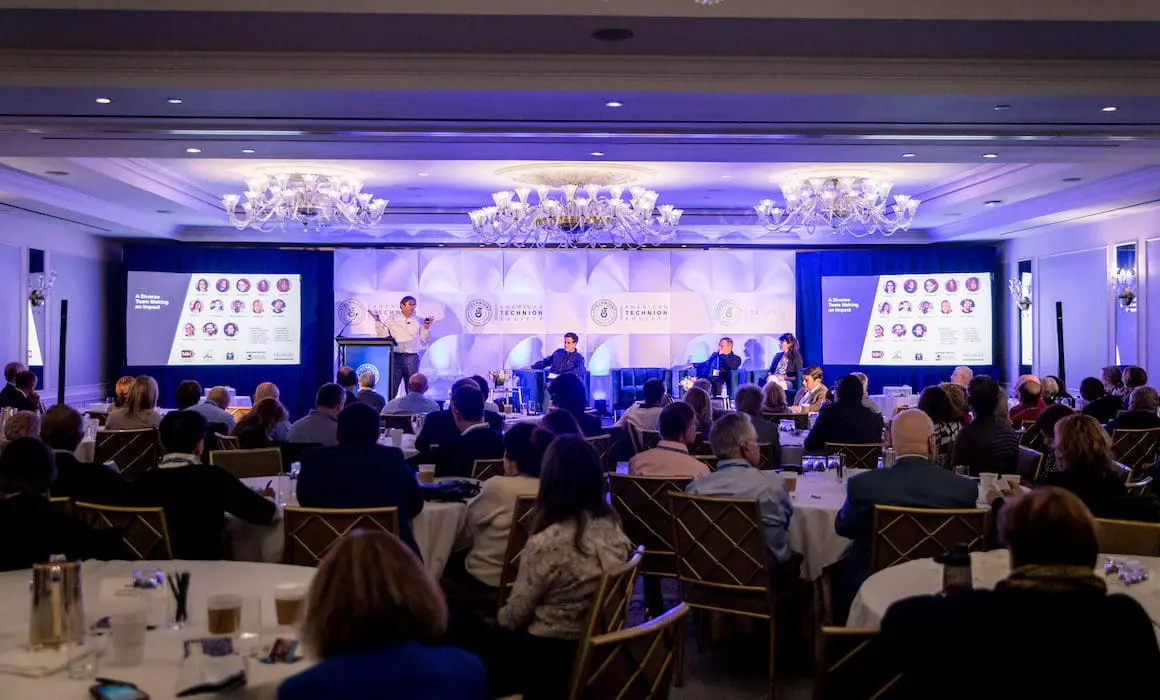
Human health is one of the main challenges facing humanity. Americans spend more on healthcare, yet life expectancy is shorter here than in Norway and Switzerland. And national health spending is projected to grow at an average annual rate of 5.4% for 2019-28, reaching $6.2 trillion.
The Technion is focusing on the next level of innovation, conducting health research in a comprehensive, integrative, and institution-wide manner. Its planned Technion Human Health Initiative (THHI) will combine the capabilities of research and teaching hospitals with multiple Technion faculties, while partnering with powerful industrial players. This multidisciplinary approach is intended to build a bridge between medicine and life sciences, exact sciences, engineering, data science, and design.
The Presidential Forum convened a panel of multidisciplinary health scientists from the Technion to discuss their most promising research, which is sure to change the lives of people around the world for the better. The session was moderated by Dean Kamen, an engineer and inventor known for the Segway and iBOT and founder of FIRST, a non-profit closely tied with the Technion that inspires youth to become leaders in science and technology.
“Imagine walking into your doctor’s office and asking, ‘hey doc, how’s my immune system doing?,’” said Professor Shai Shen-Orr, head of the Systems Immunology & Precision Medicine Laboratory in the Ruth and Bruce Rappaport Faculty of Medicine. “You can do that with your heart, but not your immune system.” Why? Because the immune system is extremely complicated. “The immune system learns and evolves as you live. It’s our sixth sense. It adapts and changes all the time,” he said.
Prof. Shen-Orr and his team have captured a pattern of immune cellular changes occurring over time that are common to all adults. This has allowed them to map a path of how the immune system ages, and to develop a system to quantify an individual’s immune system age. “Unlike your actual chronological age, the ‘immune age’ is intimately tied to the state of one’s immune system, the body’s chief sentinel. We can therefore capture medically relevant information using immune age that physicians would otherwise miss.”
Prof. Shen-Orr is also the co-founder and chief scientist of the biotech company CytoReason, which has collaborations with many of the world’s largest pharmaceutical companies, including Pfizer.
M.D./Ph.D. candidate Tamar Koren, who works with Associate Professor Asya Rolls researching mind/body interactions, related a scenario of someone who thought he might have caught COVID-19. He experiences flu-like achiness and even a slight rise in temperature. “Is it just our mind persuading us or is something really happening?” Koren asked.
While people have long experienced psychosomatic illness, Koren and her team have observed exactly how the brain can make the body sick, and how to reverse it. They first induced colitis in laboratory mice and waited for them to recover. The team then artificially stimulated the neurons in the brain that had become active during the bout of colitis. Inflammation re-emerged in the exact same location — even though there was no infection.
The experiment suggested that just as the brain remembers people, places, and smells, it stores memory traces of illness that can be reawakened to fight recurring disease.
The researchers hoped that if the brain has the power to initiate inflammation, then perhaps it can also combat inflammation. So they tested the hypothesis in the other direction and showed that suppressing the memory neurons reduced the inflammation in mice who were sick with colitis.
Professor Ron Kimmel, founder of the Geometric Image Processing Lab in the Henry and Marilyn Taub Faculty of Computer Science posed the question: Can we train a computer to look at biopsy images and give us the answers?” Jumping to the chase he answered, “Yes.”
Currently, when a patient finds a lump in her breast pathologists take a biopsy. The tissue is sliced, dyed, and viewed under a microscope to determine whether it is cancerous, the type, stage, and grade of the tumor. To provide a deeper analysis, pathologists slice the tissue again, color it with a different dye and use technologies such as gene analysis. Still an estimated 15% of patients or more are over diagnosed and receive more treatment than is needed.
“That’s where we come in,” Prof. Kimmel said. The first slice of the biopsy provides lots of information but cannot discern the genetic mutation that caused this cancer or other factors that would more accurately determine the best treatment. Using machine learning, Prof. Kimmel’s system identifies the area on the tissue where most of the cancer biomarkers can be found. And with deeper AI analysis ascertains the status of the estrogen and progesterone receptors as well as the protein HER2. “We can finetune this very undecisive regime to get better results.”



